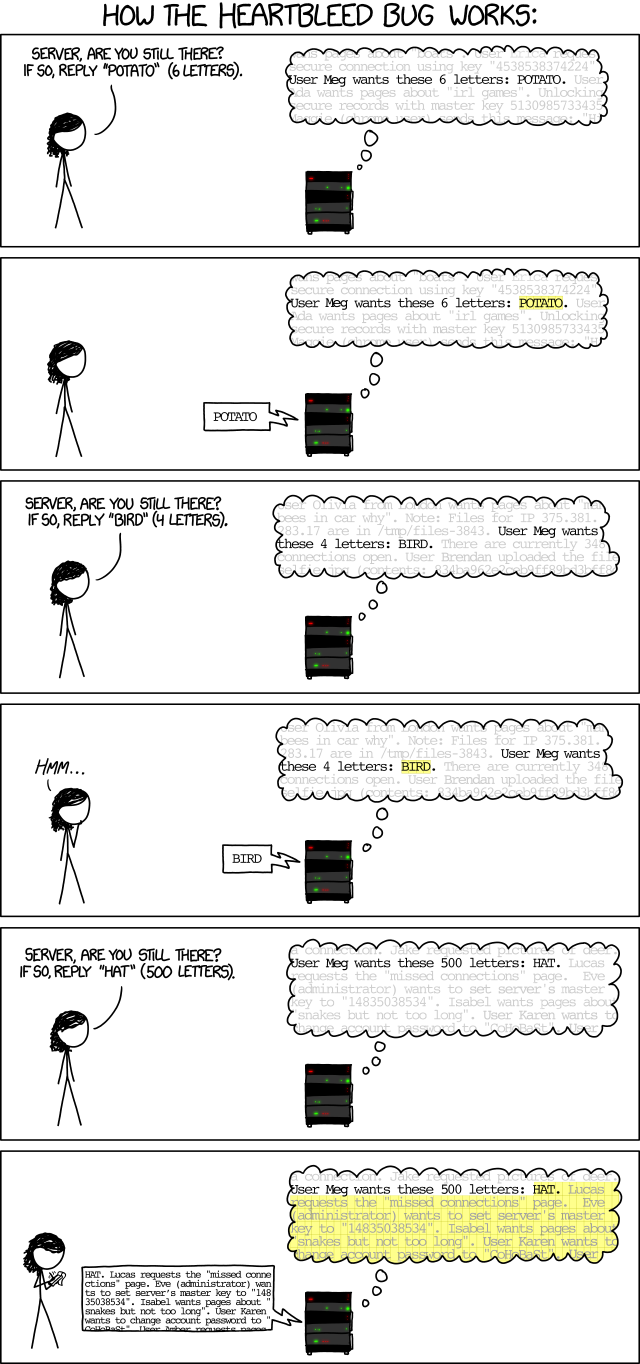
 Paul Robeson. When most younger people hear that name today, they probably won’t recognize it. Older folks (like me) will probably think of the same thing: the musical Showboat and Paul Robeson’s powerful performance as Joe… and his singing of that show’s signature song, “Ol’ Man River”. But the story of Paul Robeson is much more than that… and telling that complex story is the goal of Daniel Beaty (FB)’s “The Tallest Tree in the Forest“, which just opened at the Mark Taper Forum (FB) last night. We were at that performance, and were moved not only by Beaty’s performance, but the whole Robeson story.
Paul Robeson. When most younger people hear that name today, they probably won’t recognize it. Older folks (like me) will probably think of the same thing: the musical Showboat and Paul Robeson’s powerful performance as Joe… and his singing of that show’s signature song, “Ol’ Man River”. But the story of Paul Robeson is much more than that… and telling that complex story is the goal of Daniel Beaty (FB)’s “The Tallest Tree in the Forest“, which just opened at the Mark Taper Forum (FB) last night. We were at that performance, and were moved not only by Beaty’s performance, but the whole Robeson story.
The play opens with an older Robeson telling his story, and looking at a subpoena from the House Un-American Activity Committee to testify about his activities. This prompts Robeson to look back over his life…
Paul Robeson was the son of a former slave, who (at least according to the play) learned at an early age to stand up for what you believe in — and to stand up particularly for the rights and dignity of Negros (I keep wanting to type the words “African Americans”, but in Robeson’s time the term used was Negro — and be forewarned, the “N-word” is used quite heavily in this play). Robeson attended Rutgers University (one of a handful of black students who did), and later went on to Columbia Law School. He paid his way through school by giving concerts of Negro spirituals; at one concert, he met Eslanda “Essie” Goode who encouraged him to use his singing gift and give up law for the stage. [I’ll note that while reading the Wikipedia entry while writing this, it becomes clear that the play, written by Beaty, cuts out quite a lot of Robeson’s youthful backstory and accomplishments, and introduces a triggering incident that may be dramatic license.]
Robeson’s success on the stage brings him international acclaim, and international tours expose him to countries where blacks are treated very different than they are in the US. The first is England, where Robeson becomes enamored of the struggles of the miners to organize (and, at least according to the play, he is taken by the fact that the fight is white and black working together for better economic standing — and not white vs. black). He also is exposed to Facism in the early days of Nazi Germany, and of the original Soviet experiment in the pre-WWII days of the Soviet Union. In particular, Robeson sees in the Soviet Union and Russia a nation where all races are equal by law — and all races are equal in their treatment by society and the government. In those early days, it also appears that the equality applies to religion as well, and Robeson befriends a number of powerful and successful Jews.
Let me digress for a moment in this story to share how the director, Moises Kaufman (FB) works with Daniel Beaty (FB) to tell this story. Throughout this play, Beaty does not just play Robeson, but he plays every other character in the story as well. Through changes and voices and mannerisms, he becomes them all — from his wife Essie to white punks taunting Robeson and his brother, to the 10-year old Robeson, to German border guards, Russian officials, and J. Edgar Hoover. Beaty does a wonderful job portraying them all. End digression.
As time goes on, Robeson moves away from the theatrical career and move onto the activism stage. This occurs mostly in Act II, which opens with a scene where a professor (again, played by Beaty) is talking in the present day about why Robeson is rarely remembered these days. This scene takes the position that those who argued for racial equality are remembered well (Dr. King, Harriet Tubman), but those who argued for class equality are less fondly remembered (union organizers, labor organizers), and those who pushed for class equality of the lower classes were often reviled. Act II focuses on the downfall of Robeson in the public eye. Although Robeson campaigned strongly against Facism and for the war bond effort, he also grew in activism. Many of his speeches talked about how Negros should support the war to fight Facism, and how it was their responsibility to fight for equality in America. He strongly supported America’s ally in the war, the Soviet Union, because of the equality he had seen there. After the war, Negro soldiers returned to segregation and lynching. Robeson continued to speak about for equality, and continued to hold up the Soviet Union as an example. This was not accepted in Cold War, Post-WWII American, and he got on the radar of J. Edgar Hoover. Returning to the Soviet Union in the late 1940s, he saw how things had changed and the situation was no longer good for his Jewish friends. However, he continued to support the Soviet Union publically, because of their commitment to racial equality over what he was seeing in America. This position resulted in the US Government lifting his passport, his concert work drying up in the US, and his being brought up before the HUAC. A quick coda at the end notes that his passport was eventually returned, but by then Robeson’s career had been destroyed.
In typing this summary, a few parallels come to mind. The first is Jane Fonda, who also took political stances and activist positions in her younger days that led many to peg her as a Communist and revile her — and many of those still revile her to this day, even though she is strongly pro-America. The same is true with Robeson, except he never had that career resurgence. The second is with another character Beaty recently portrayed on a different stage: Roland Hayes. In “Breath and Imagination“, which we saw recently at the Colony Theatre, Beaty told a story of another singular black performer fighting the racism of his day.
In my summary above, I’ve probably given the impression that this play is all spoken word. It is far from that. Most scenes are punctuated with songs sung by Robeson. These include numerous renditions of “Ol’ Man River”, songs by Fats Waller, Negro spirituals, and popular songs that Robeson sung, such as “Ballad for Americans”. It even includes a Yiddish song, “Zog Nit Keynmol” — the song of the Warsaw Ghetto Resistance that Robeson sung in the post-WWII Soviet Union. Beaty does a reasonable job with the music, although he does not have the deepness of Robeson’s voice (but who does). More problematic — at least to me — was that he seemed to be slurring words together in the songs. My wife says that’s how Robeson sang, but on the sole Robeson song I have (a version of “Ol’ Man River” from the 1932 Showboat Revival), Robeson sings much clearer. I don’t think this is a significant detraction from the story being told.
Looking at the play as a whole, I think Beaty’s does a good job of telling a version of Robeson’s story. My concern — and my worry — is that it isn’t the whole story. Reading the Wikipedia entry on Robeson makes clear the story was greatly simplified for the stage. Robeson was a very complex man with many incidents shaping his journey, and Beaty’s hits selected highlights. It is a good start, however, and I hope it encourages audience members to research Robeson and his story — and learn about the time when people felt they could make a difference. This is a concern that is important to me — many of the folk music icons that I treasure are also social activists, and I believe social activism is important (especially in these days of closed minds and closed thinking).
Returning to the theatre itself: Beaty is supported on-stage by three musicians: Kenny J. Seymour (FB) on keyboard, Glen Berger on woodwinds, and Ginger Murphy on cello. Kenny J. Seymour (FB) also served as the musical director of the production.
The scenic design by Derek McLane was relatively simple: a few chairs and tables, a few props, microphones. This kept the focus on Robeson and his story, and emphasized that this wasn’t a realistic portrayal but a memory story. The scenic design was supported by projections designed by John Narun that established place and time and surroundings quite well. The lighting design of David Lander was novel, using large old-ish Leikos on stage as well as numerous conventional lights throughout; it worked well to establish mood and memory. The sound design of Lindsay Jones was notable in its invisibility, but more so for the excellent sound effects that supported the story. Rounding out the technical and artistic team were Carlyn Aquiline (Dramaturg), Craig Campbell (Production Stage Manager), David S. Franklin (Stage Manager), Zach Kennedy (Stage Manager), and Don Gilmore (Technical Supervisor).
“Tallest Tree in the Forest” continues at the Mark Taper Forum through May 25. Tickets are available online through the Center Theatre Group box office, and until word of mouth spreads, discount Hottix are likely available. Half-price tickets are also available on Goldstar, they don’t appear to be on LA Stage Tix.
[Ob. Disclaimer: I am not a trained theatre critic; I am, however, a regular theatre audience. I’ve been attending live theatre in Los Angeles since 1972; I’ve been writing up my thoughts on theatre (and the shows I see) since 2004. I do not have theatre training (I’m a computer security specialist), but have learned a lot about theatre over my many years of attending theatre and talking to talented professionals. I pay for all my tickets unless otherwise noted. I believe in telling you about the shows I see to help you form your opinion; it is up to you to determine the weight you give my writeups.]
Upcoming Theatre and Concerts: Next weekend is brings a benefit at REP East (FB): “A Night at the Rock Opera“. The last weekend of April will bring Noel Paul Stookey at McCabes, as well as the Southern California Renaissance Faire. May brings “The Lion in Winter” at The Colony Theatre (FB), and “Cat on a Hot Tin Roof” at REP East (FB), as well as “Hairspray” at Nobel Middle School. I may also be scheduling “Porgy and Bess” at the Ahmanson. June is mostly open pending scheduling of an MRJ meeting, but I will try to fit in as much of the Hollywood Fringe Festival as I can. July will be busy: “Ghost” at the Pantages (FB) on 7/5, “Return to the Forbidden Planet” at REP East (FB) the weekend of 7/12, “Once” at the Pantages (FB) on 7/19, “Bye Bye Birdie” at Cabrillo Music Theatre (FB) on 7/26, and “Family Planning” at The Colony Theatre (FB) on 8/2. As always, I’m keeping my eyes open for interesting productions mentioned on sites such as Bitter-Lemons, and Musicals in LA, as well as productions I see on Goldstar, LA Stage Tix, Plays411.


 In the Talmud, there is a learned Rabbi who opines that groupatwos are to be considered Chametz during Passover. Luckily, this week was so busy I accumulated a bunch of groupatwos. So let’s get that feather and that candle and get them out of the links list before Passover starts Monday night:
In the Talmud, there is a learned Rabbi who opines that groupatwos are to be considered Chametz during Passover. Luckily, this week was so busy I accumulated a bunch of groupatwos. So let’s get that feather and that candle and get them out of the links list before Passover starts Monday night: All this week, I’ve been following the news of
All this week, I’ve been following the news of 
 You would have to be hiding under a very big rock if you missed the two cybersecurity stories that have hit the mass media this week. For those unaware, I’m talking about the “
You would have to be hiding under a very big rock if you missed the two cybersecurity stories that have hit the mass media this week. For those unaware, I’m talking about the “

 Back in 2010,
Back in 2010,  Today’s lunchtime news chum collection comes to you courtesy of Timex, for it is all about time and anniversaries. This is appropriate, as
Today’s lunchtime news chum collection comes to you courtesy of Timex, for it is all about time and anniversaries. This is appropriate, as  Today’s collection of lunchtime news chum stories all have to do with the littlest things having big effects:
Today’s collection of lunchtime news chum stories all have to do with the littlest things having big effects: